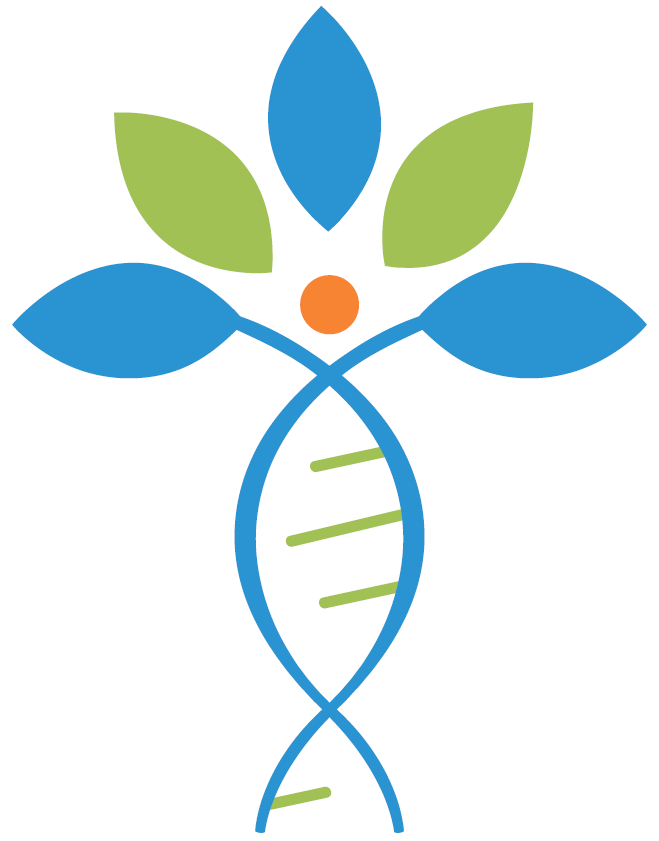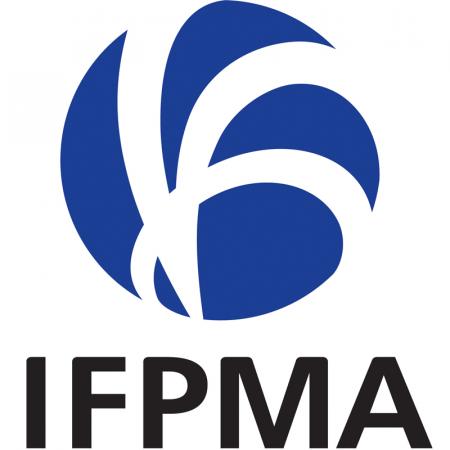Inactivating facultative pathogen bacteria and antibiotic resistance genes in wastewater using blue light irradiation combined with a photosensitizer and hydrogen peroxide
The study examined the effectiveness of antimicrobial blue light (aBL) irradiation in eliminating ten antibiotic resistance genes and four taxonomic marker genes from wastewater treatment plant effluent. Results showed that aBL alone was insufficient for effectively eliminating ESKAPE bacteria and ARGs. The addition of porphyrin-based photosensitizer TMPyP or oxidative agent H₂O₂ resulted in significant reductions of facultative pathogenic bacteria (FPB) and target ARGs. The sensitivity of FPB and ARGs to aBL-mediated irradiation was also examined.
AMR NEWS
Your Biweekly Source for Global AMR Insights!
Stay informed with the essential newsletter that brings together all the latest One Health news on antimicrobial resistance. Delivered straight to your inbox every two weeks, AMR NEWS provides a curated selection of international insights, key publications, and the latest updates in the fight against AMR.
Don’t miss out on staying ahead in the global AMR movement—subscribe now!







